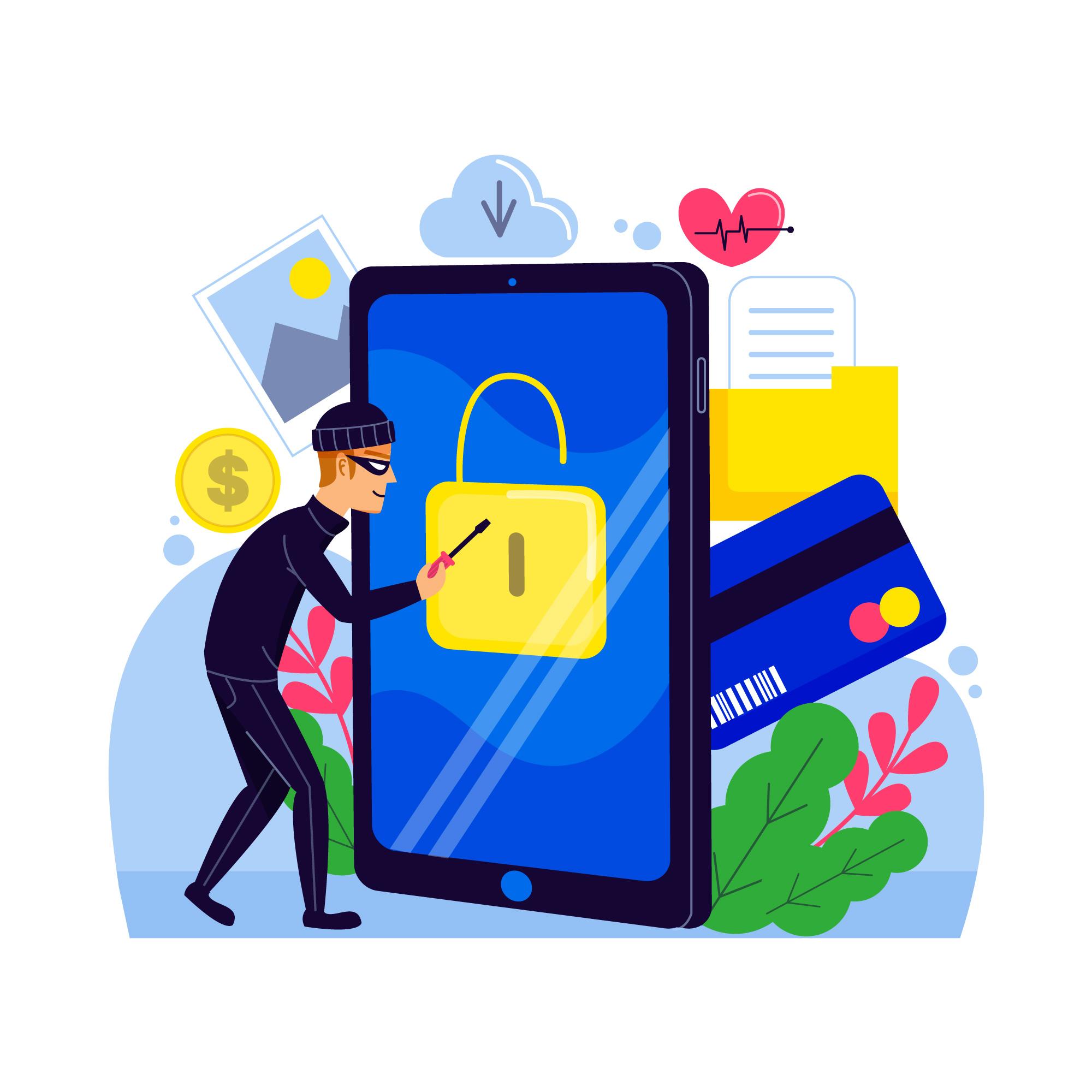In today’s fast-paced digital age, online shopping has become a way of life for many. With the convenience of browsing and purchasing products from the comfort of your home, it’s no wonder that e-commerce has seen explosive growth in recent years. However, this convenience comes with its own set of risks. E-commerce security is a critical concern, as cybercriminals are constantly finding new ways to exploit vulnerabilities and steal sensitive information. To protect your online shopping and personal data, it’s essential to implement effective strategies. In this article, we’ll explore some key strategies to bolster your e-commerce security and ensure a safe and enjoyable online shopping experience.
Understanding E-Commerce Security
Before diving into strategies to enhance your e-commerce security, it’s crucial to understand the landscape of online threats and vulnerabilities. E-commerce security encompasses a range of measures aimed at safeguarding both customers and online businesses from various risks, including:
- Payment Fraud: Criminals may attempt to make unauthorized purchases using stolen credit card information or engage in chargeback fraud.
- Data Breaches: Cybercriminals target e-commerce websites to access customer data, including names, addresses, and payment details, which can be sold or used for malicious purposes.
- Phishing: Scammers create fake websites or send deceptive emails to trick customers into revealing sensitive information, such as login credentials and credit card numbers.
- Malware and Ransomware: Malicious software can infect e-commerce websites or customers’ devices, leading to data loss or financial extortion.
Now that we’ve identified the threats, let’s delve into strategies to protect your online shopping experience.
Strategies to Enhance E-Commerce Security
1. Choose Reputable E-commerce Platforms
Selecting a trusted e-commerce platform is the foundation of a secure online shopping experience. Popular platforms like Shopify, WooCommerce, and Magento offer robust security features and regular updates to address vulnerabilities.
2. Implement SSL Encryption
Ensure your chosen e-commerce platform employs Secure Sockets Layer (SSL) encryption. This technology encrypts data transmitted between the customer’s browser and the website, making it nearly impossible for cybercriminals to intercept and decipher.
3. Two-Factor Authentication (2FA)
Enable 2FA for both your ecommerce store and your personal accounts. 2FA adds an extra layer of security by requiring users to provide two forms of authentication (e.g., a password and a one-time code sent to their mobile device) to access their accounts.
4. Regularly Update and Patch Your Website
Stay up to date with the latest security patches and updates for your e-commerce platform, plugins, and extensions. These updates often address known vulnerabilities that hackers can exploit.
5. Secure Payment Processing
Use reputable payment gateways and processors that comply with industry security standards such as Payment Card Industry Data Security Standard (PCI DSS). This ensures that your customer’s payment information is handled securely.
6. Educate Your Customers
Educate your customers about safe online shopping practices, such as recognizing phishing emails and the importance of creating strong, unique passwords for their accounts.
7. Regularly Monitor Your Website
Implement website monitoring tools that can detect unusual activities, such as unauthorized access attempts or sudden traffic spikes, which may indicate a security breach.
8. Data Encryption
Encrypt customer data, including payment details, stored on your servers. This adds an extra layer of protection in case of a data breach.
9. Third-party Security Audits
Consider hiring a third-party security firm to conduct regular security audits of your e-commerce website. They can identify vulnerabilities and provide recommendations for improvement.
10. Customer Privacy Policies
Clearly outline your privacy policies and terms of service. Transparency builds trust with your customers and helps you remain compliant with data protection regulations.
11. Limit Data Collection
Collect only the data necessary for completing transactions. Avoid unnecessary data retention to minimize the potential impact of a data breach.
12. Password Policies
Enforce strong password policies for both customers and employees. Require a combination of upper and lower case letters, numbers, and special characters.
13. Regular Backups
Perform regular backups of your website data and store them securely off-site. This ensures that you can quickly recover your website in case of a cyberattack.
14. Incident Response Plan
Develop a comprehensive incident response plan that outlines the steps to take during a security breach. This helps minimize damage and recover swiftly.
15. Employee Training
Train your employees on security best practices, including how to recognize and respond to potential threats.
16. Customer Support Verification
Implement verification processes for customer support requests, as scammers may pose as customers seeking assistance to gain access to accounts.
17. Geo-blocking
Consider geo-blocking or restricting access to your website from countries known for high levels of cybercrime.
18. Limit Administrator Access
Restrict access to your website’s administrative panel to only essential personnel. Use strong authentication methods for admin accounts.
Customer Responsibilities in E-commerce Security
E-commerce security is a shared responsibility. While online businesses should implement robust security measures, customers also play a vital role in protecting their own data. Here are some best practices for customers:
- Use Strong Passwords: Create complex passwords for your online accounts, and avoid using the same password across multiple sites.
- Beware of Phishing: Be cautious of unsolicited emails or messages asking for personal information or urging you to click on suspicious links.
- Regularly Check Statements: Monitor your bank and credit card statements regularly to spot unauthorized transactions.
- Update Software: Keep your device’s operating system and applications up to date to patch known vulnerabilities.
- Secure Wi-Fi: Use a secure, password-protected Wi-Fi network for online shopping, especially when making financial transactions.
- Check for HTTPS: Before entering personal or payment information, ensure the website uses HTTPS and has a padlock icon in the browser’s address bar.
- Review Privacy Settings: Adjust privacy settings on your social media accounts to limit the information that scammers can use against you.
Emerging Technologies and E-Commerce Security
As technology evolves, so do the strategies employed by cybercriminals. Therefore, it is crucial to stay informed about emerging technologies and their impact on e-commerce security. Here are a few areas to watch:
- AI and Machine Learning: These technologies can be used for both offensive and defensive purposes in cybersecurity. AI-powered tools can help detect anomalies and identify potential threats, but they can also be used to craft more sophisticated attacks.
- Blockchain: Blockchain technology has the potential to enhance the security of e-commerce transactions by providing a tamper-proof ledger of all transactions.
- Biometrics: Biometric authentication, such as fingerprint and facial recognition, is becoming more common in securing online accounts and transactions.
- IoT Security: The Internet of Things (IoT) introduces new vulnerabilities as more devices become connected. Ensuring the security of these devices is essential to overall e-commerce security.
Conclusion
In the digital age, e-commerce security is paramount. As online shopping continues to grow in popularity, so do the threats that target it. By implementing the strategies outlined in this article and staying vigilant, both businesses and customers can protect themselves against cyber threats and enjoy the convenience and benefits of online shopping without fear.
Remember, security is an ongoing process, and staying informed about the latest threats and security practices is key to maintaining a safe e-commerce environment. With the right precautions and awareness, you can shop online with confidence and peace of mind.



